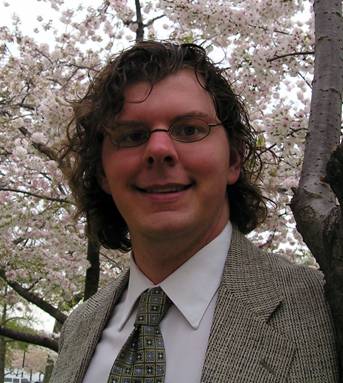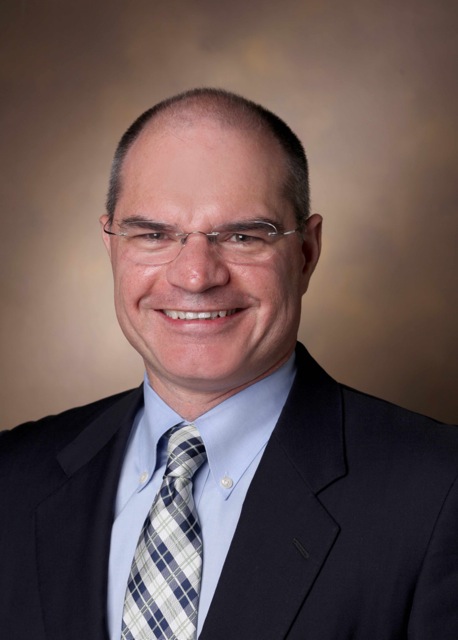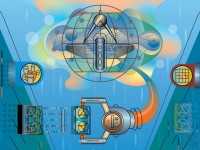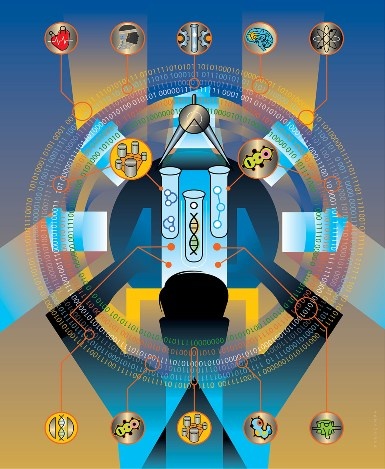“During the past few decades, physicists have created marvelous tools to peer inside living people,” says Bennett Landman, PhD, assistant professor of electrical engineering, radiology and radiological sciences, biomedical engineering, computer engineering and computer science. “We are just at the threshold where, as engineers, we can create systems to help unravel these data.”
 Landman, whose research lies at the interface of medical imaging, signal processing and statistical inference, has been focusing on large-scale medical image processing.
Landman, whose research lies at the interface of medical imaging, signal processing and statistical inference, has been focusing on large-scale medical image processing.
“We’ve been working on ways to make any algorithm you have—say, to measure the brain or spleen or liver—happen automatically as soon as you run a scan of a known type.” Landman is now taking these tools into the domain of de-identified clinical images.
“For research in the Synthetic Derivative, if these images were easy to obtain through a secure route, people could do a lot more science.” [see main story "Building the World’s Largest Biomedical Informatics Enterprise"]
 Landman has begun routinely banking and de-identifying clinical images from the hospital. Dr. Jeff Carr, BA’85, MD’89, Cornelius Vanderbilt Professor of Radiology and Radiological Sciences and professor of biomedical informatics and medicine, says no other center is repurposing clinical images for research on anything like the scale occurring at Vanderbilt.
Landman has begun routinely banking and de-identifying clinical images from the hospital. Dr. Jeff Carr, BA’85, MD’89, Cornelius Vanderbilt Professor of Radiology and Radiological Sciences and professor of biomedical informatics and medicine, says no other center is repurposing clinical images for research on anything like the scale occurring at Vanderbilt.
“There’s no doubt,” Carr says, “that if you’re trying to phenotype people on a very precise level to determine their risk for developing cancer, or how best to cure a cancer, or how best to treat heart disease or valve disease, developing advanced algorithms that utilize imaging data in a secure way is very important.”

